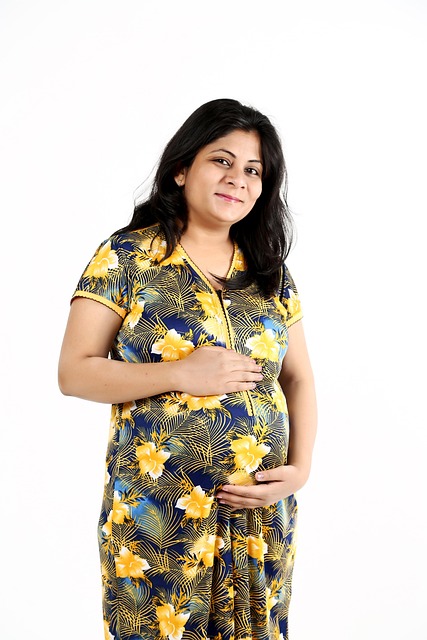I was eagerly anticipating the arrival of my first child, and for the most part, my pregnancy had gone smoothly. Sure, I battled relentless heartburn that I managed with high-dosage antacids, and I felt like a bloated balloon, craving nothing but Flamin’ Hot Cheetos and popsicles. It was the peak of July, and my air conditioning was cranked down to a chilly 58 degrees nearly every day.
While my blood pressure was a bit elevated, my doctor remained unconcerned as I showed none of the typical signs of preeclampsia. At around eight months pregnant, a friend innocently asked me if I had noticed any stretch marks yet. To my surprise, I hadn’t! I was feeling a bit guilty, given that everyone else seemed to be sporting them.
A week passed, and my Cheetos habit did nothing to alleviate my heartburn. I resorted to sleeping upright on the couch, which led to an unexpected problem: my feet began to itch. Initially, I thought my dog had brought fleas into the house, as she often lounged on the couch. I found myself frantically searching online for answers to questions like “Do humans get fleas?” and “How in the world do I get rid of fleas?”
Then, the itching escalated to my hands, and eventually, my belly. I tried to dismiss the belly itching as a typical pregnancy symptom while continuing my futile searches. But the itching worsened, and my husband advised me against scratching. The nurse hotline suggested anti-itch cream and assured me it was likely just my skin stretching. Unfortunately, nothing provided relief, and soon, those stretch marks I thought I’d avoided started to appear—more than just a few. My entire abdomen became a canvas of angry, cracked skin.
I thought I could cope, but the incessant itching was unbearable. By my next doctor’s visit, my belly resembled a large scab, and my doctor diagnosed me with pruritic urticarial papules and plaques of pregnancy (PUPPP). Her rather bleak prognosis was that the only remedy was giving birth, leaving me feeling hopeless.
As the days dragged on, the bumps on my legs and arms became less noticeable, but my belly looked like a scene from a horror movie, and it felt just as torturous. I shared that PUPPPs typically affects women carrying boys during their first pregnancy, yet no one seemed to understand why this was happening to me. Their comments, like “That’s strange,” only fueled my frustration.
As I approached the end of my pregnancy, I expressed my misery to my doctor once more. Finally, she decided to induce labor a week early. The moment I held my baby, the itching dissipated—though it might have been more due to my focus shifting to the newborn than my skin. The rash cleared up within a couple of weeks, leaving behind a battered belly and lingering anxiety. Now with each subsequent pregnancy, I find myself panicking at every little itch, inspecting my skin for signs of a recurrence.
So, to all the expectant mothers out there, consider this a friendly warning: you might just find yourself among the one in 200 women who experience this. If it does happen, rest assured it will eventually subside, but not without driving you absolutely bonkers.
For more insights on pregnancy and related topics, check out this excellent resource and if you’re interested in conception methods, consider reading about at-home insemination kits. For further information on PUPPPs, you can find helpful details here.
Summary:
Pregnancy can come with unexpected challenges, such as PUPPPs, which affects a small percentage of women. This article recounts a personal experience with the condition, highlighting the itching, discomfort, and eventual relief following childbirth. Expectant mothers are reminded to stay vigilant and informed about potential pregnancy-related conditions.
